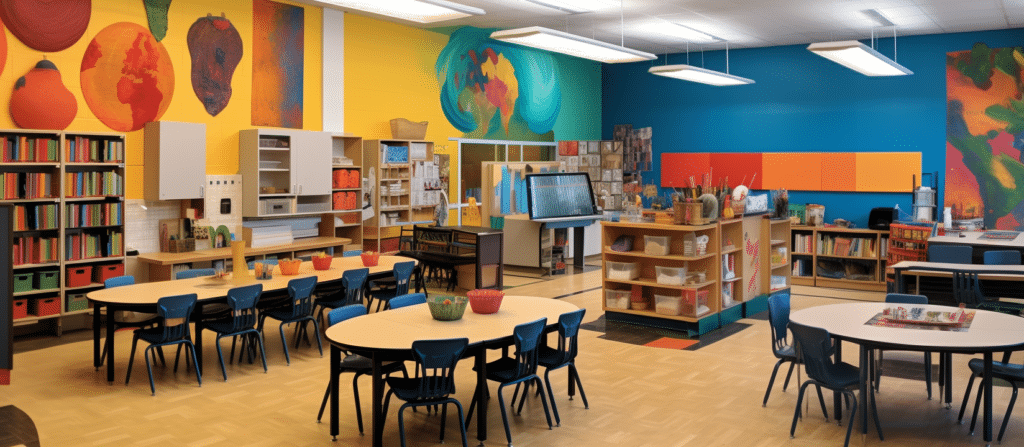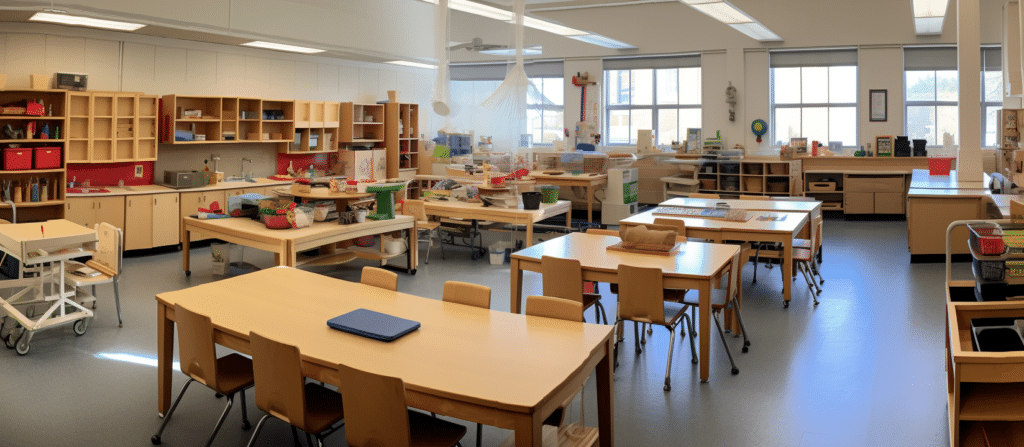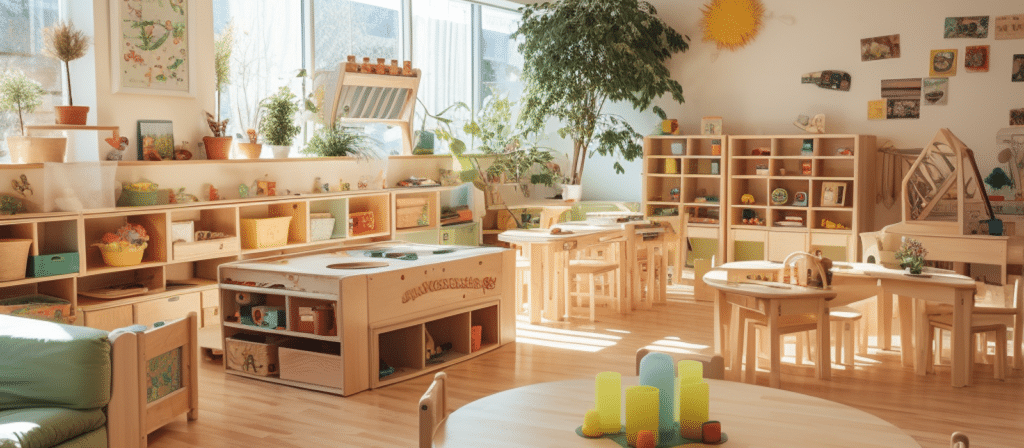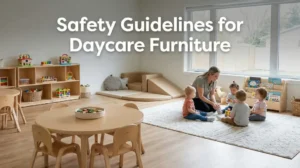We are looking for the perfect daycare furniture to foster sensory play and exploration in children. Are you curious about creating an engaging environment that stimulates their senses and encourages curiosity? Let’s explore the world of sensory-focused daycare furniture and how it can enhance children’s learning experiences.
Daycare Furniture for Sensory Play and Exploration combines safety, durability, and interactive design to promote sensory development, imaginative play, and cognitive growth. These thoughtfully crafted pieces encourage hands-on exploration and provide a stimulating environment for children to learn and grow.
Why is sensory play important for young children?
Sensory play refers to any activity that stimulates a child’s senses – touch, sight, smell, taste, and hearing. It provides valuable opportunities for children to explore, discover, and make sense of the world around them. By engaging their senses, children develop important cognitive, social, and emotional skills. It also promotes fine and gross motor development, enhances language and communication skills, and fosters creativity and imagination.

How can daycare furniture support sensory play and exploration?
Daycare furniture plays a vital role in facilitating sensory play and exploration. Here are some key considerations when choosing furniture for this purpose:
- Comfort and Safety: Opt for furniture that is comfortable and safe for children to use. Soft cushions, ergonomic designs, and rounded edges ensure a secure and cozy environment.
- Versatility: Look for furniture pieces that can be easily rearranged and adapted to different sensory activities. Modular furniture allows for flexibility and creativity in designing play spaces.
- Textures and Materials: Incorporate furniture made from a variety of materials with different textures. This provides children with opportunities to explore tactile sensations and develop their sensory awareness.
- Colors and Visual Stimulation: Choose furniture in vibrant colors and patterns that capture children’s attention and stimulate their visual senses. Bold and contrasting colors can create a visually stimulating environment.
- Storage Solutions: Invest in furniture that offers ample storage space for sensory materials and toys. Accessible storage encourages independent play and teaches children to organize and take responsibility for their belongings.
What types of furniture are suitable for sensory play?
- Sensory Tables: Sensory tables are versatile pieces of furniture that can be filled with various materials such as sand, water, or rice. They provide a sensory-rich experience where children can scoop, pour, and explore different textures.
- Soft Seating: Soft seating options like bean bags, floor cushions, and upholstered chairs create a cozy and comfortable space for children to relax and engage in sensory activities. They can be used for reading, quiet play, or as a base for building forts and structures.
- Tactile Surfaces: Incorporate furniture with tactile surfaces like textured walls, soft rugs, or panels with different materials. These surfaces invite children to touch and explore, stimulating their sense of touch and encouraging sensory investigation.
- Art Stations: Set up dedicated art stations with child-sized tables and chairs. Provide easels, paint, brushes, and other art materials to encourage creative expression and sensory exploration through painting and other art forms.
- Quiet Corners: Create cozy corners with comfortable seating and soft lighting where children can retreat for quiet and calming activities. These spaces provide opportunities for relaxation, reflection, and sensory self-regulation.

How does sensory play furniture enhance early learning experiences?
- Cognitive Development: Sensory play furniture stimulates curiosity, problem-solving, and critical thinking skills. Children learn to make connections, observe cause-and-effect relationships, and engage in open-ended play that fosters creativity and imaginative thinking.
- Social and Emotional Development: Through sensory play, children learn to share, take turns, negotiate, and cooperate with their peers. Sensory play furniture encourages collaboration and communication, promoting social skills and emotional development.
- Language and Communication Skills: As children engage in sensory play and exploration, they naturally use language to describe their experiences. Sensory furniture provides a context for vocabulary development, storytelling, and imaginative play, enhancing language and communication skills.
- Motor Skills Development: Sensory play furniture promotes the development of fine and gross motor skills. Activities like pouring, scooping, and manipulating sensory materials strengthen hand-eye coordination, finger dexterity, and balance.
- Sensory Integration: Sensory play furniture supports sensory integration, allowing children to process sensory information from their environment effectively. This helps children regulate their emotions, attention, and behavior, leading to improved self-regulation skills.
The impact of sensory play on children’s development
Engaging in sensory play has a profound impact on children’s development. It fosters curiosity, imagination, and creativity. By exploring different textures, colors, and sounds, children develop their sensory processing skills, which are essential for academic success and everyday life.
Sensory play also promotes social interaction and cooperation. When children engage in sensory activities together, they learn to take turns, share materials, and communicate effectively. These social skills are crucial for building relationships and navigating the world around them.

In conclusion
Investing in daycare furniture designed for sensory play and exploration is a wise choice for early learning environments. By providing children with opportunities to engage their senses, we can enhance their cognitive, social, emotional, and physical development. With the right furniture, we can create engaging and stimulating spaces that foster a love for learning and exploration in young children.













